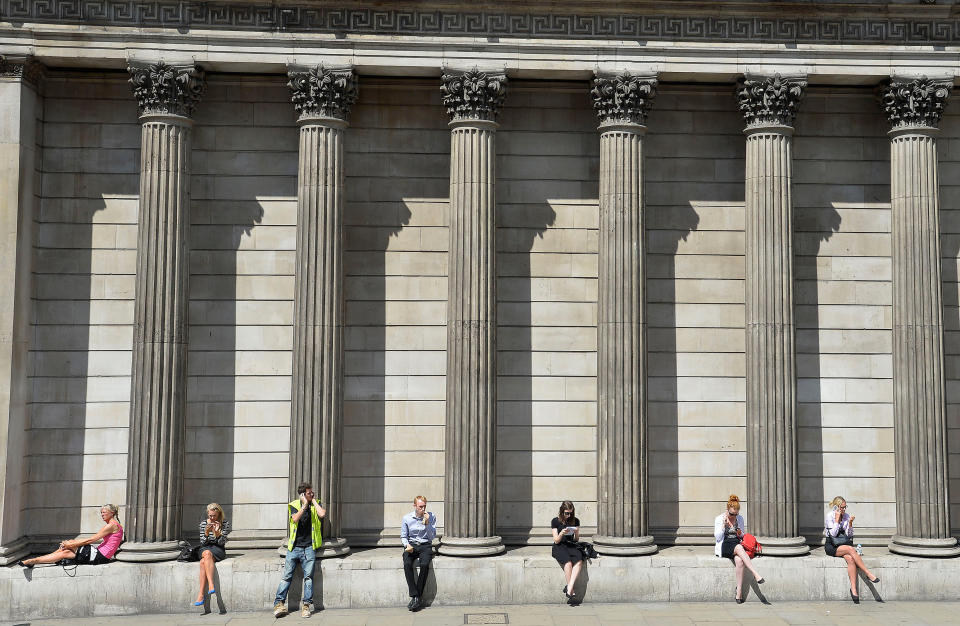This one stat reinforces the extent of wealth inequality between men and women

Women earn less than men on average across nearly every single occupation and the wealth gap is sizeable too.
According to a report from the not-for-profit trade body EIS Association (EISA), given exclusively to Yahoo Finance UK, women in Britain have only £43,000 ($56,212) in investable assets, excluding properties and pensions, while men have near double that amount at £75,000.
EISA surveyed 2,007 people weighted-representatively to different regions and demographics. The report was aimed at gauging the wealth, work, and entrepreneurial aspirations, as well as the overall investor profile of the British population.
“We, as an investment community, need to take a leading role in supporting female investors, entrepreneurs, and business people to come forward to support the entrepreneurial economy. EISA takes an active role in supporting small and medium-sized companies, hundreds of which are founded by women,” said Mark Brownridge, director general of EISA.
“These entrepreneurs are role models to the next generation of female leaders, so we need to support and promote these people and their businesses to give the creator of the next big idea the confidence in themselves and their business ventures. Investment schemes into SMEs that supports entrepreneurs should be encouraged to support our future business leaders across the country.”
READ MORE: An exclusive study shows the huge wealth gap between London and the rest of Britain
Late last year, the World Economic Forum revealed that it was going to take 217 years to close the gender wage gap. WEF annually ranks 144 countries in its Global Gender Gap Index by crunching the numbers from respected institutions, such as the International Labour Organization, the UN Development Program, and the World Health Organization, as well as WEF’s own perceptions survey.
It said that in 2017, it was for the first time ever that it had seen a decrease in parity over the previous year. The area with the fastest growing gap was in category that looked at salaries, workforce participation, and leadership. This means that women across the globe, not just Britain, are earning less than men by a large amount, on average.
But it’s not just that about women being paid for doing the same job— it’s mainly because women take up a greater proportion of the workforce in lower paid sectors, such as healthcare and service jobs, while also struggling to reach senior levels that would pay more.

 Yahoo Finance
Yahoo Finance 

